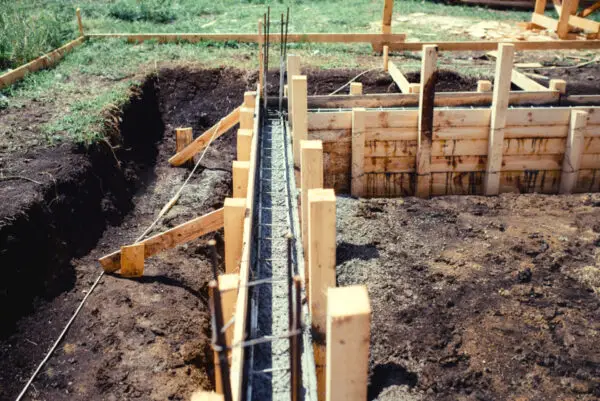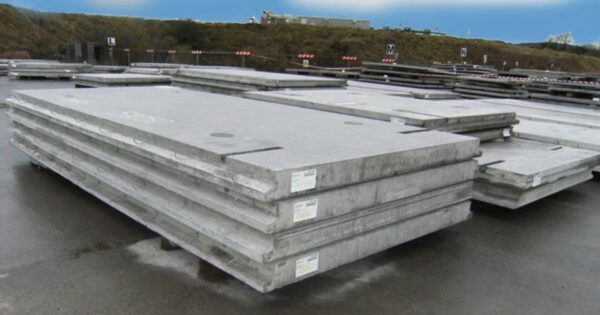What is Total Station Survey?
A total station survey is an important field data collection technique used extensively in many civil engineering projects. Total stations integrate electronic theodolites with advanced EDM (electronic distance measurement) to record precise angle and distance measurements to survey points. This allows efficient and accurate mapping of topographic features, boundaries, construction layouts and more.
When combined with robotic capabilities, total station surveys unlock substantial productivity gains through automated aim and measure. With proper field procedures and training, total stations can achieve survey grade accuracies down to 2-3 mm.
This article provides an overview of key total station survey concepts, equipment, methods, procedures, training, calculations and applications. For civil engineering firms and surveyors, understanding total station technology is essential to utilize this powerful surveying instrument to its fullest potential and gain advantages over traditional instrumentation.
Purpose of Total Station Survey
Total stations are used to record the location of features and topography in 3D space. Their versatility, speed, precision and advanced 3D modeling make total stations ideal for diverse surveying applications including topographic mapping, control networks, deformation monitoring, volumetric analysis, construction stakeout and as-builts.
key purposes and applications of total station surveys in civil engineering:
- Topographic Surveys – To map existing site conditions including terrain, elevations, contours, trees, roads, structures etc. This provides detailed 3D data for design.
- Boundary Surveys – To establish accurate property lines and land boundaries based on legal descriptions. Important for land development.
- Construction Layout/Stakeout – To layout design models and elevations on the ground for construction. Allows accurate translation of plans.
- As-Built Surveys – To record the actual final constructed facilities including roads, utilities, buildings etc. Verifies it matches plans.
- Monitoring Surveys – To monitor movement or deflection of structures like buildings, bridges, dams etc. Detects changes.
- Volumetric Surveys – To calculate volumes of cut and fill, stockpiles etc. Useful for earthworks and mining.
- Control Surveys – To establish survey control points and benchmarks for use as fixed references. Essential for large projects.
- Accident Scene Mapping – To accurately record details of accident sites for investigation purposes.
- Deformation Surveys – Precisely measure changes and deformation in ground, slopes, walls, pavements.
- GIS Surveys – To collect spatial data for infrastructure mapping and Geographic Information Systems.
The versatility of total stations allows accurate 3D data collection for many critical engineering applications.

Total Station Survey Procedure
Here is an overview of the standard operating procedure for carrying out a survey using a total station:
Planning:
- Define the survey objectives, required accuracy, and deliverables.
- Select the appropriate survey control points and determine coordinates.
- Plan the survey traverse route to cover the site/area efficiently.
Setup:
- Physically set up the total station over a survey control point and level it.
- Perform instrument calibration and standard adjustments if required.
- Enter the coordinates of the instrument station in the total station.
- Establish backsight connection to a known reference point and record angles/distance.
Measurement:
- Occupy successive stations moving through the traverse route.
- Take foresight measurements to new points—record distances and angles.
- Resection periodically to verify/update instrument coordinates.
- Change prism pole height and reflector constants as required.
- Check points with known coordinates to evaluate survey accuracy.
Recording:
- Systematically record all measurements, point numbers, codes.
- Capture coordinates, heights, target details, time, etc.
- Download stored data at the end of each day.
Post-processing:
- Import and process the survey data on mapping/CAD software.
- Perform adjustments and error correction.
- Generate final coordinated drawings, topographic maps, etc.
Following proper field procedures is crucial for accurate and consistent total station surveys. The raw data is then processed to get the final precision deliverables.
Total Station Survey Equipment
Equipment used includes:
- Total station with tribrach, batteries and accessories
- Survey tripod and prism pole
- Reflector prisms and targets
- Field data collectors and data processing software
- Modern total stations utilize advanced technology for electronic distance and angle measurements.

Total Station Survey Training
Surveyors need proper training and certification to operate total stations. Training includes:
- Instrument assembly and leveling
- Pointing techniques
- Measurement modes
- Coordinate systems
- Calibration and adjustments
- Data recording and processing
Total Station Survey Calculations
Key calculations performed in total station surveys:
- Resection to determine instrument point coordinates
- Traverse adjustments and closure calculations
- Determining true N, E, Z coordinates of points
- Area and volume calculations from coordinates
Total Station Survey Methods
Advanced total station features allow different survey methods:
- Trigonometric Leveling – Measuring distances and angles to determine elevations of points remotely using trigonometry. No need for precise benchmark elevations.
- Traversing – Progressing through a series of survey stations in sequence by taking foresight measurements from known instrument locations. Allows surveying of larger areas.
- Resection – Establishing the coordinates of an instrument station by measuring to known points. Provides redundancy.
- Radial Survey – Taking measurements from a single instrument setup to various points around it. Efficient for confined areas.
- Grid Survey – Systematic pattern of measurements maintaining square grids or rectangles. Useful for extensive topographic mapping.
- Free Station – Occupying arbitrary stations not part of defined traverse routes. Added flexibility.
- 3D Scanning – Using scanners on total stations to create detailed 3D point clouds of sites and objects.
- Reflectorless – Special EDM modes to measure distances without needing prisms. For inaccessible or reflective surfaces.
- Robotic – Automated servo-driven aiming and tracking. Faster data collection and one-person operation.
- GNSS Integrated – Combining total station measurements with GPS for geospatial referenced data.
Understanding these total station survey methods allows selecting the right technique based on site needs and survey objectives. Proper execution is key to attaining high accuracy
Total Station Survey Data Processing
- Data Download – Connect the data collector or total station to a computer and transfer the raw field data which includes point numbers, descriptions, coordinates, angles, distances etc.
- Data Import – Import the raw data into surveying or civil engineering software like Autodesk Civil 3D, Trimble Business Center, Carlson, etc. for processing.
- Pre-Processing – Review data for errors. Apply corrections like prism constant, weather correction, standard deviations etc.
- Coordinate Transformation – Convert raw measured ground distances and angles into Cartesian coordinates like Northings, Eastings and Elevations.
- Adjustment and Validation – Perform traverse adjustments like compass rule adjustment to minimize angular errors. Identify outliers and erroneous measurements.
- Feature Coding – Code the survey points and lines with identities like SP for spot elevation, EP for edge of pavement etc.
- CAD Processing – Create CAD deliverables like topographic maps, contour drawings, cross sections etc. from the processed coordinate data.
- Formatting – Apply appropriate CAD standards like symbols, linetypes, styles and layers to the drawings. Add titles, notes, legends etc.
The data processing results in the generation of accurate CAD drawings, topographic models, boundary plats and other final survey deliverables. Quality checks should be performed at every stage.
Total Station Survey Advantages
Total stations can achieve angle accuracy within 20 seconds and distance accuracy within 2-3 mm. This meets the high precision needed for most civil engineering survey work.
Benefits include:
- High measurement precision
- Fast data collection
- Advanced 3D modeling capabilities
- Improved productivity compared to traditional surveys
Total Station Survey Applications
Total stations are commonly used for:
- Boundary surveys
- Topographic surveys
- Construction stakeout
- As-built surveys
- Monitoring movement and deflection
- GIS mapping
- And many other applications
Conclusion
A total station is an essential modern surveying instrument in civil engineering. When used properly by trained surveyors, total stations can deliver highly precise 3D data collection to support all stages of infrastructure projects. The advanced capabilities make total station surveys efficient, versatile and accurate.





